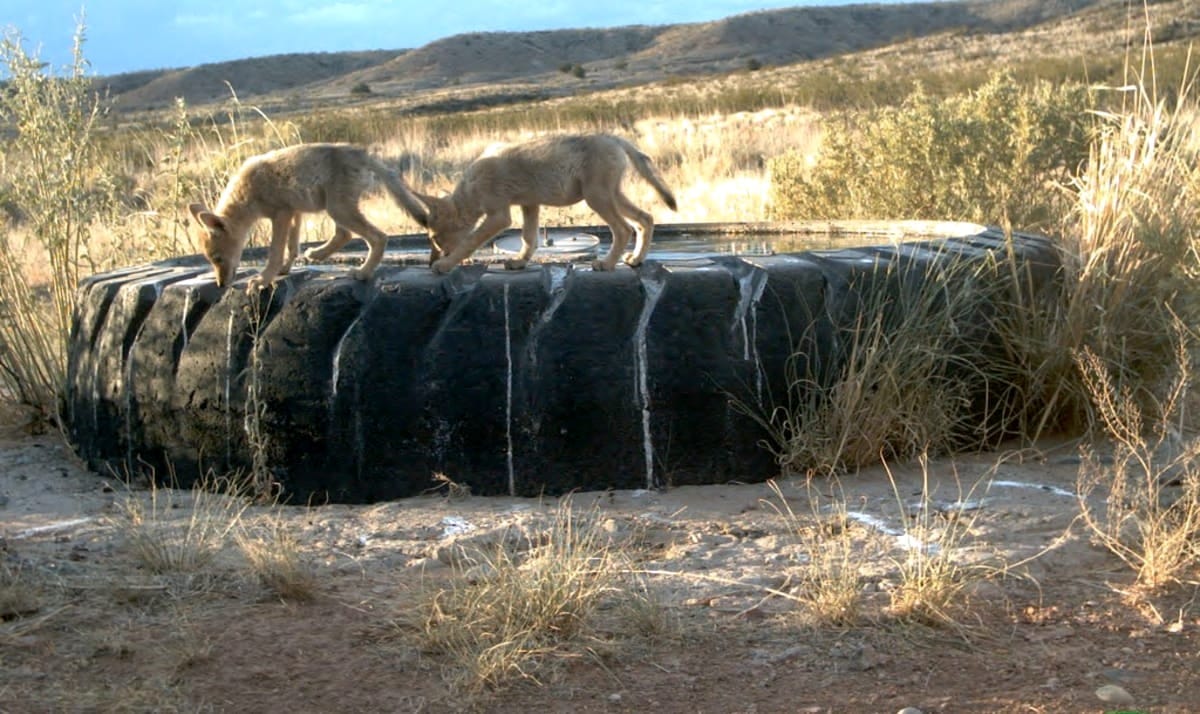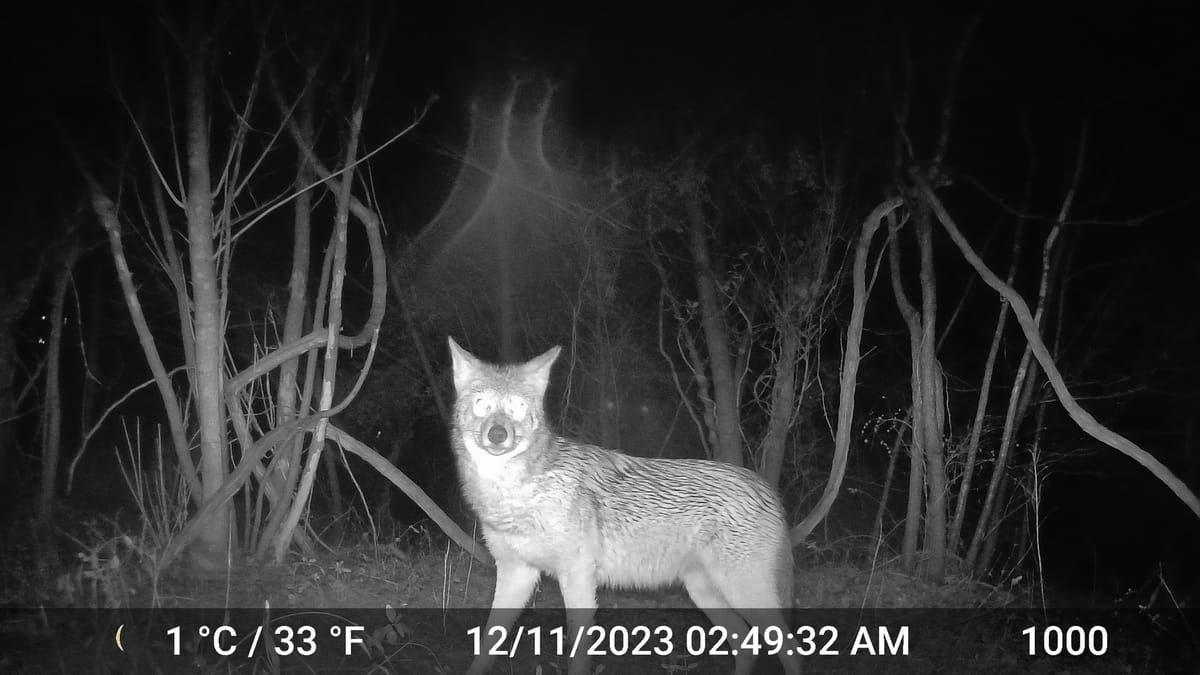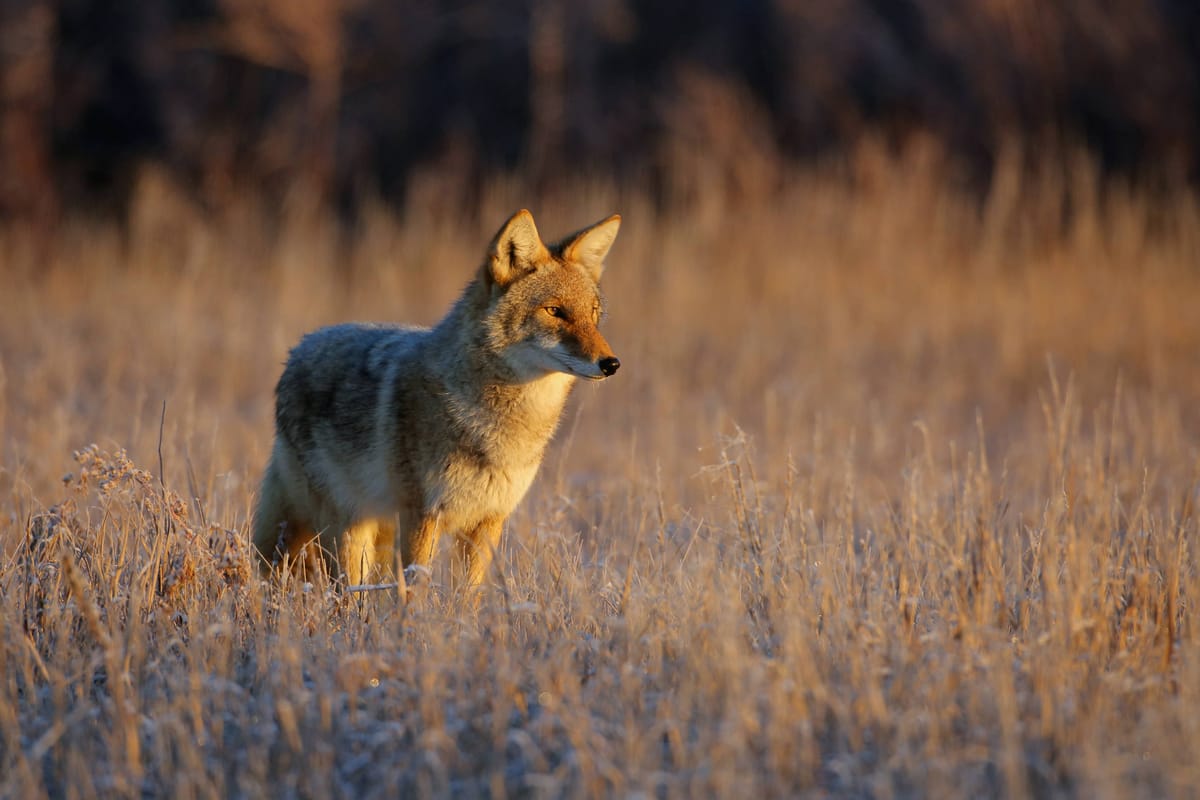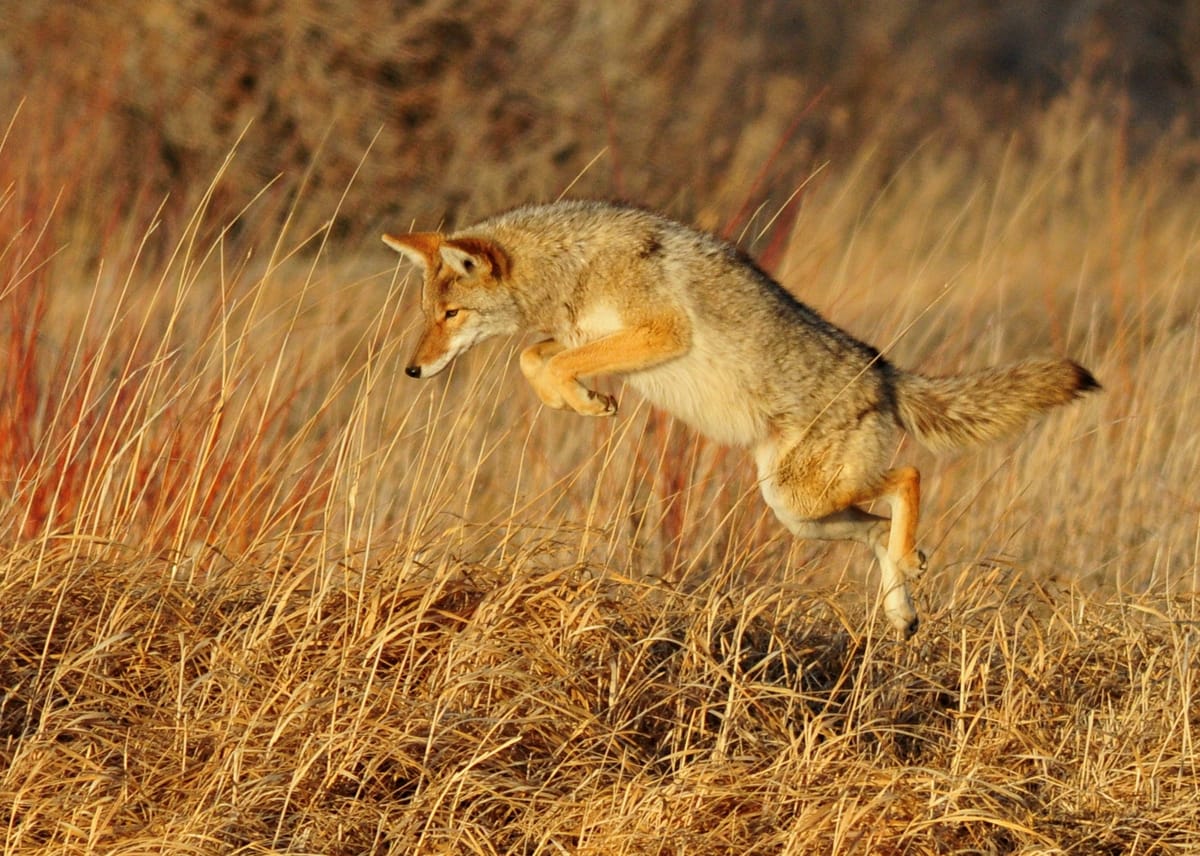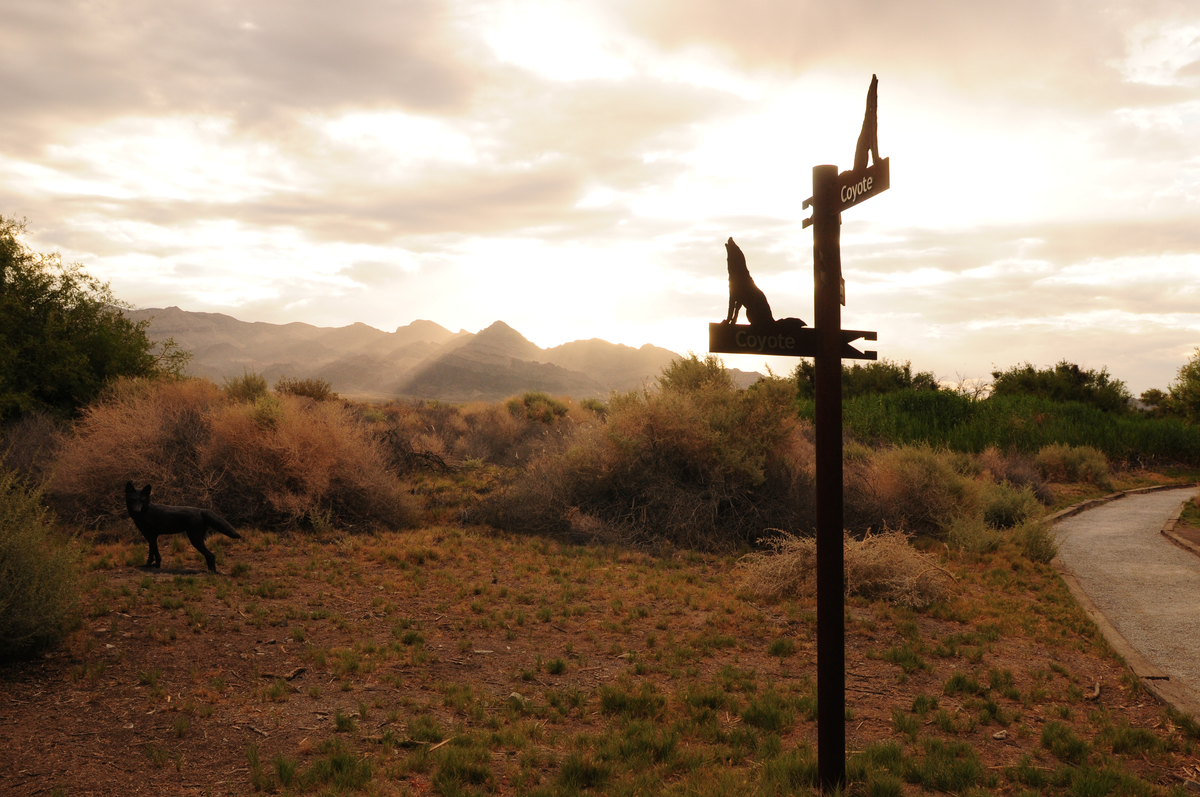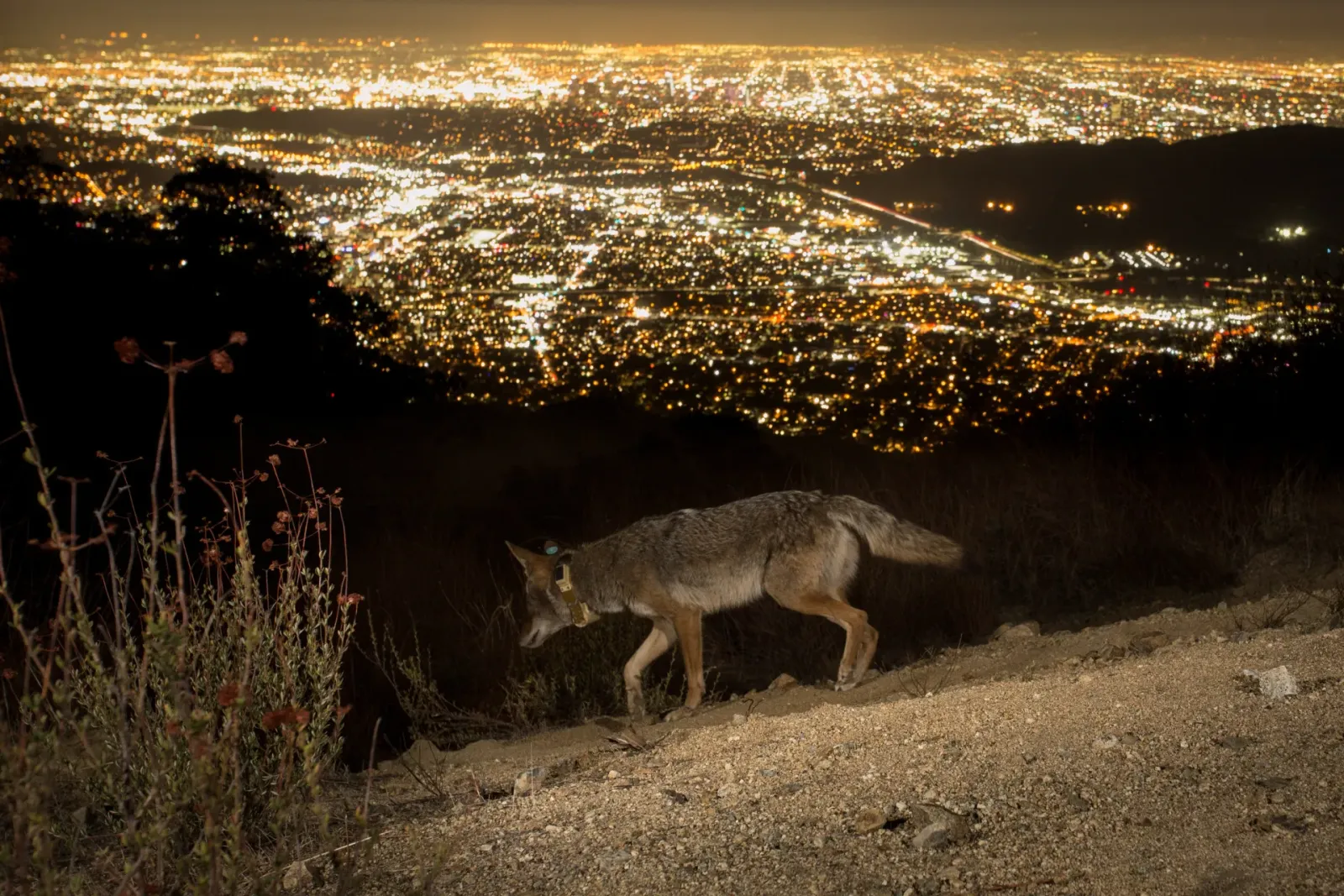As coyotes expand into both rural and urban areas, conflicts with people, pets, and livestock have become increasingly common across California. These conflicts do not stem from coyotes being inherently aggressive but rather from overlap with human activities and opportunities created by unsecured food, pets, and livestock.
In most cases, conflicts are preventable through education, proactive management, and community coordination. Understanding the different types of conflict—and the tools available to address them—is key to reducing risks while maintaining the ecological role coyotes play in California.
Sources and References for Our Coyote Coverage
Our coyote hub is based on trusted resources from government agencies, universities, and peer-reviewed research. Explore the full list below:
- National Park Service (NPS) – Coyote Information Page
- California Department of Fish & Wildlife (CDFW) – Wildlife Incident Reporting (WIR) System
- California Fish & Game Commission – Nongame Animal Regulations
- UC IPM – Pest Notes: Coyotes
- USDA APHIS – Wildlife Damage Management Technical Series: Coyotes (PDF)
- Project Coyote – Be Coyote Aware Flyer (PDF)
- California Department of Fish & Wildlife / Human–Wildlife Conflict Program – Coyote Management Plans and Wildlife Watch (PDF)
- California Department of Fish & Wildlife – Coyote Range Map (PDF)
- UC ANR – Publication 8598: Livestock Protection Tools for California Ranchers (PDF)
- Scientific Reports (2024) – Urban coyotes in southern California show adaptations to anthropogenic landscapes and activity patterns
- Ecology Letters (2025) – Environmental Health and Societal Wealth Predict Movement Patterns of an Urban Carnivore
Types of Human–Coyote Conflicts
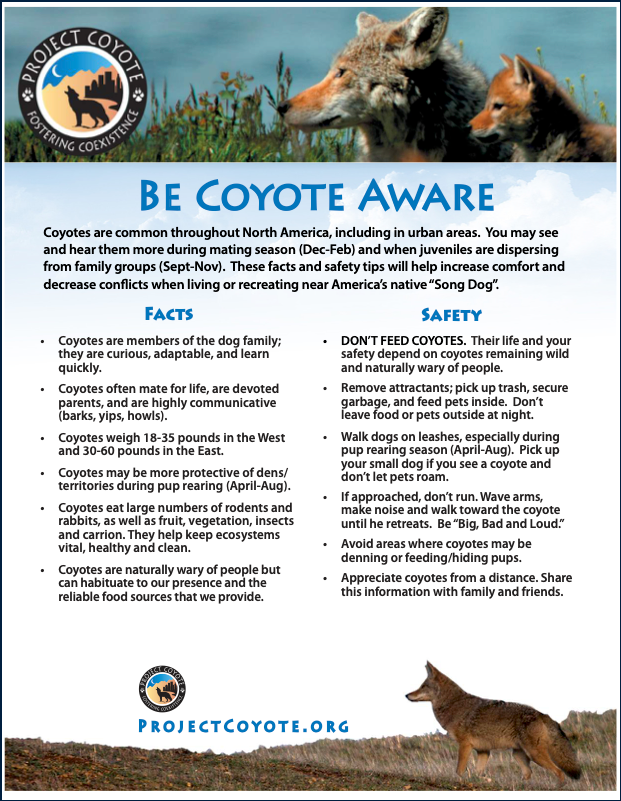
Pet Safety
The most frequent urban conflict involves predation on domestic pets, especially small dogs and cats. Pets left outdoors unattended — particularly at dusk, dawn, or overnight—face the greatest risk. Even medium-sized dogs can be at risk if confronted by a coyote defending a den during pup season.
Livestock Depredation
Coyotes are the leading predator of livestock in California, especially sheep, goats, and calves. Losses are most significant on smaller operations with limited predator-control infrastructure. While depredation events can be costly, research shows that targeted preventive measures (such as fencing and guard animals) reduce risk far more effectively than broad-scale lethal removal.
Human Safety
Attacks on humans are rare, but they do occur. Most documented incidents involve coyotes that have been fed intentionally or unintentionally and have lost their natural fear of people. Children are most vulnerable due to their size, but even in high-density urban areas, attacks remain exceptional compared to encounters with domestic dogs.
Property Damage & Nuisance Behavior
Coyotes occasionally cause property damage by digging in lawns and gardens, raiding compost bins, or denning under decks and sheds. While these behaviors are disruptive, they are typically minor and can be addressed through deterrents and exclusion practices.
Reporting & Legal Framework
California has a formal system for reporting and managing human–coyote conflicts.
- Wildlife Incident Reporting (WIR): Residents can report conflicts, sightings, or property damage directly through the CDFW Wildlife Incident Reporting (WIR) system. Reports are assigned to an authorized investigator based on location, and follow-up is conducted if more details are needed.
- Depredation Permits: When verified property damage occurs, landowners may apply for a depredation permit to lethally remove a coyote. These permits are issued by CDFW, require documentation, and must be reported once the animal is taken.
- Legal Status: Coyotes are classified as nongame mammals in California, meaning they may be taken year-round in unlimited numbers, except where restricted by law. However, methods of take are regulated — poisons are prohibited, and only certain calls or lures are legal (§475). Night hunting is restricted in designated areas (§474).
This framework reflects a balance between recognizing coyotes as abundant and resilient, while still requiring structure in how conflicts and lethal control are managed.
Safety Guidelines for Residents
Most urban and suburban conflicts can be prevented if residents follow consistent safety practices. Agencies and outreach groups emphasize removing attractants and reinforcing coyotes’ natural wariness of people.
Best practices include:
- Never feed coyotes: Intentional or accidental feeding leads directly to habituation and bold behavior.
- Secure attractants: Store garbage in wildlife-proof bins, pick ripe fruit promptly, and avoid leaving pet food outdoors.
- Protect pets: Walk dogs on short leashes, supervise cats and small pets outdoors, and avoid early morning or evening walks when coyotes are most active.
- Respond with hazing: If approached, make loud noises, clap, shout, or use motion-activated sprinklers to reinforce fear of humans.
- Block denning sites: Use fencing or exclusion techniques to prevent coyotes from taking shelter under decks, sheds, or woodpiles.
When neighborhoods adopt these strategies consistently, coyotes are less likely to become bold, reducing the risk of escalation and ensuring safer coexistence.
Livestock Protection Strategies
For California ranchers and small-scale producers, coyotes are the primary predator of livestock, especially sheep, goats, and calves. Fortunately, a range of effective tools are available to reduce losses:
- Guard Animals: Livestock guardian dogs, llamas, and donkeys can significantly reduce depredation by deterring coyotes through presence and aggression.
- Fencing: Electrified and predator-proof fencing prevents coyotes from accessing pastures. Proper maintenance is essential, as coyotes are skilled at finding weak points.
- Husbandry Practices: Confining vulnerable animals at night, using shed or corral systems during lambing/kidding season, and rotational grazing reduce exposure.
- Non-Lethal Deterrents: Fladry (flagging on fence lines), lights, alarms, and other deterrents can be temporarily effective, particularly when rotated to prevent habituation.
While lethal control (depredation permits, targeted removal) is sometimes used, research shows it is less effective as a long-term solution because coyote populations compensate with higher reproduction and recolonization. Preventive, non-lethal approaches offer better stability for ranchers and ecosystems alike.
Public Health Considerations
Coyotes rarely pose a direct health threat to humans, but they are relevant to public health monitoring in California:
- Rabies: Though rabies in coyotes is rare in California, any abnormal behavior (staggering, aggression, daylight activity) should be reported immediately (UC IPM; USDA APHIS).
- Mange: Caused by mites, mange can lead to hair loss and weakened animals. In urban settings, mangy coyotes may appear sickly and more willing to approach human areas.
- Distemper & Parvovirus: Common in canids, these diseases circulate in coyote populations and can spread to domestic dogs if pets are unvaccinated.
- Parasites: Coyotes may carry ticks and intestinal parasites that can overlap with those affecting pets and livestock.
The best public health safeguard is responsible pet care — keeping vaccinations current and avoiding contact with wild animals.
Balancing Control & Coexistence
California’s long history with coyotes demonstrates that eradication is not possible. Lethal programs have consistently failed due to the species’ ability to rebound through compensatory reproduction and recolonization.
Instead, the most effective long-term strategies combine:
- Education & Outreach: Helping communities understand coyote behavior and prevention methods.
- Community Coordination: Programs like Wildlife Watch create unified neighborhood responses, reducing mixed signals to coyotes.
- Targeted Management: Lethal control reserved for verified depredation cases, alongside broader reliance on non-lethal strategies.
Coyotes will remain a part of California’s landscapes, both wild and urban. By emphasizing coexistence and prevention, Californians can minimize conflict while retaining the ecological benefits coyotes provide — from rodent control to scavenging services that keep ecosystems clean.
Conclusion
Coyotes are neither invincible threats nor harmless neighbors. They are adaptable carnivores whose presence in California reflects both ecological resilience and human influence. Most conflicts arise from predictable scenarios—unsecured garbage, unsupervised pets, unprotected livestock—and can be prevented through practical measures.
California’s reporting systems, legal frameworks, and growing emphasis on coexistence provide residents and ranchers with the tools to reduce risk. By balancing control with education and prevention, communities can ensure safer neighborhoods while maintaining coyotes’ role in the state’s ecosystems.
Learn More About California Coyotes
